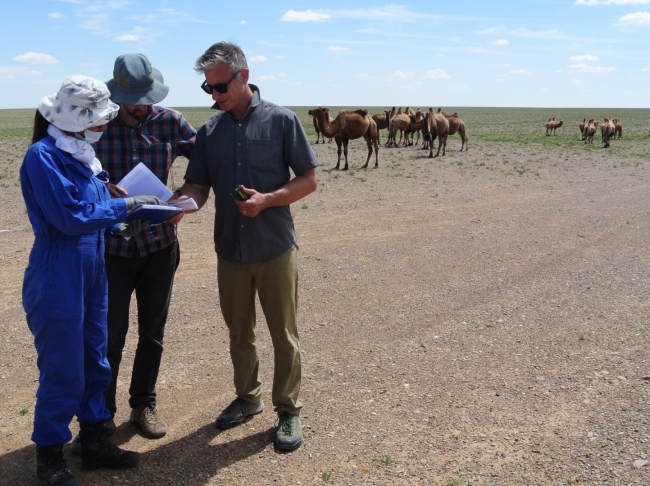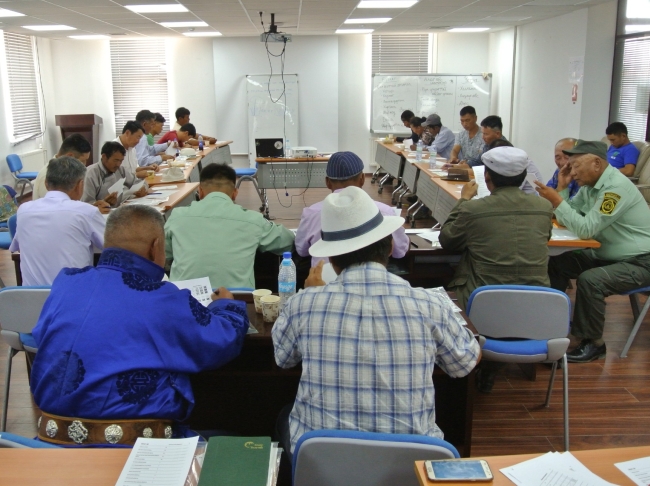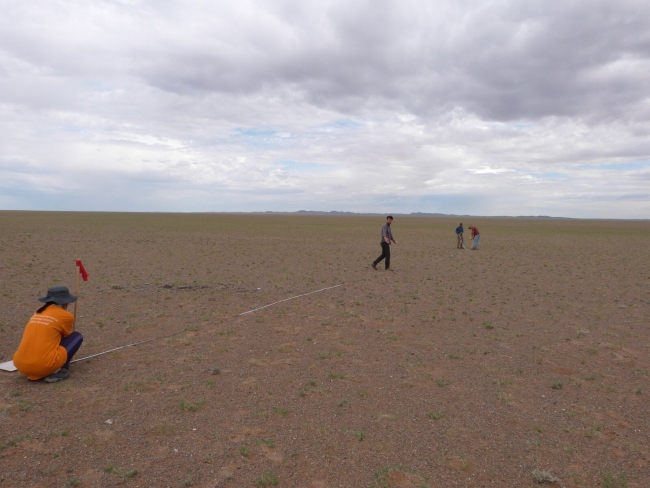ARI researchers have developed a robust and transparent method to assess ecosystem condition by combining field assessments and stakeholder opinions.
Measuring the condition of ecosystems is important for many reasons. It helps land managers to assess changes through time, measure the success of restoration interventions, or understand the impacts of disturbances (like bushfires or floods). Ecosystem condition can be expressed as a “condition metric”, a single score that combines various ecosystem characteristics, such as species abundance or tree cover.
A challenge in designing condition metrics is the subjectivity and personal judgement involved. For example, one must decide which parts of the ecosystem should be evaluated (e.g. bird numbers or shrub cover), and how these are related to ecosystem quality (e.g. how many shrubs are too many? Which birds are most important?). Ensuring that the natural complexity of ecosystems is appropriately captured is a tall order, made more difficult when considering the different values and opinions people have.
ARI has developed new techniques for developing condition metrics, which use stakeholder judgements directly. Numerous stakeholders are asked to subjectively assess a range of sites, providing a score for each. A model is then created, which predicts their scores from the attributes of the site. This model mimics the stakeholders in their judgements, and explicitly represents their consensus view. The model can then be used as a tool to calculate the condition of any site, including new sites not seen by stakeholders.
Once the model is built, experts do not need to be consulted again for each assessment, making it a cost-effective, repeatable and transparent method of consistently assessing different sites in the same ecosystem.



The ARI team have applied this method across a variety of different ecosystems including Victoria’s Volcanic Plains grasslands (65 experts consulted), Grassy Eucalypt Woodlands (44 experts consulted). ARI also applied this method internationally for five different ecosystems of the Gobi Desert in Mongolia, surveying 92 stakeholders from various backgrounds including nomadic pastoralists, botanists and policymakers.
The benefits of this democratic approach to ecosystem assessment are particularly important for areas where land use values are highly disputed. As Government policymakers and environmental managers seek consultative and evidence-based methods in guiding management decisions, condition metric modelling is quickly being recognised as a consistent and cost-effective tool.
This method of assessing condition is now being used to guide management in the Melbourne Strategic Assessment (MSA) program within DELWP, and to assess environmental mitigation around the Oyu Tolgoi gold and copper mine in Mongolia.
These projects were funded by The MSA and Oyu Tolgoi (Mongolia). The work has been conducted in collaboration with Wildlife Conservation Society, Mongolia.
For more information on these projects, contact Steve Sinclair steve.sinclair@delwp.vic.gov.au and see the following technical report and journal articles:
- Batpurev, K., Liu, C., Sinclair S.J., Avirmed, O. and Olson, K. (2022). Monitoring the condition of rangelands in the Gobi Desert: Monitoring strategies to detect change. Arthur Rylah Institute for Environmental Research Technical Report Series No. 337. Department of Environment, Land, Water and Planning, Heidelberg, Victoria.
- Batpurev, K., Sinclair, S., Avirmed, O., Scroggie, M., Olson, K. and White, M. (2021) Stakeholders from diverse backgrounds make similar judgements about ecological condition and collapse in Mongolian rangelands. Conservation Science and Practice e574
- Sinclair, S. J., Avirmed, O., White, M. D., Batpurev, K., Griffioen, P. A., Liu, C., Jambal, S., Sime, H. & Olson, K. A. (2021). Rangeland condition assessment in the Gobi Desert: A quantitative approach that places stakeholder evaluations front and Centre. Ecological Economics, 181, 106891.
- Sinclair, S. J., Griffioen, P., Duncan, D. H., Millett-Riley, J. E., & White, M. D. (2015). Quantifying ecosystem quality by modeling multi‐attribute expert opinion. Ecological Applications, 25(6), 1463-1477.
- Sinclair, S. J., Bruce, M. J., Griffioen, P., Dodd, A., & White, M. D. (2018). A condition metric for Eucalyptus woodland derived from expert evaluations. Conservation Biology, 32(1), 195-204.
Page last updated: 28/03/25